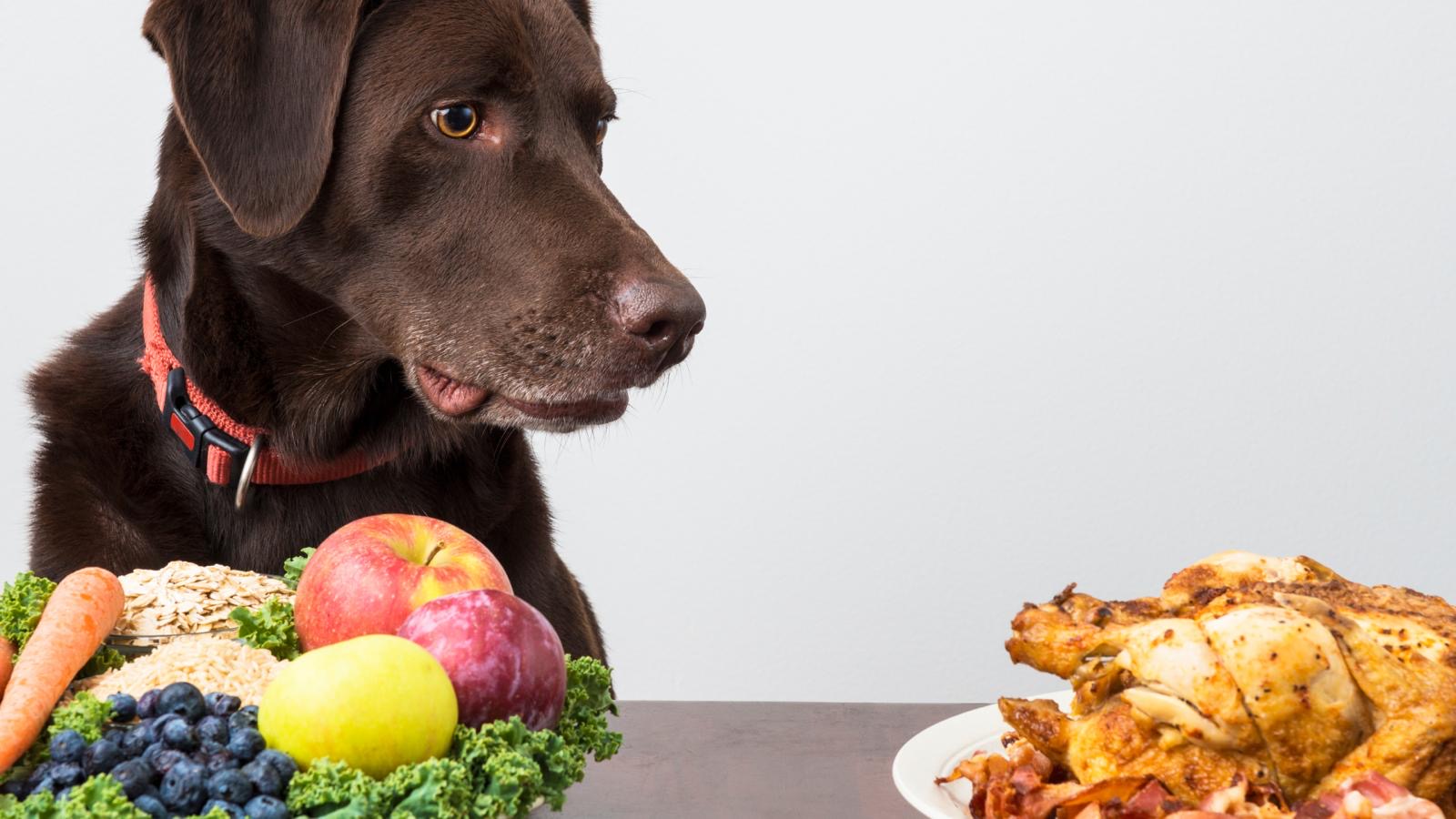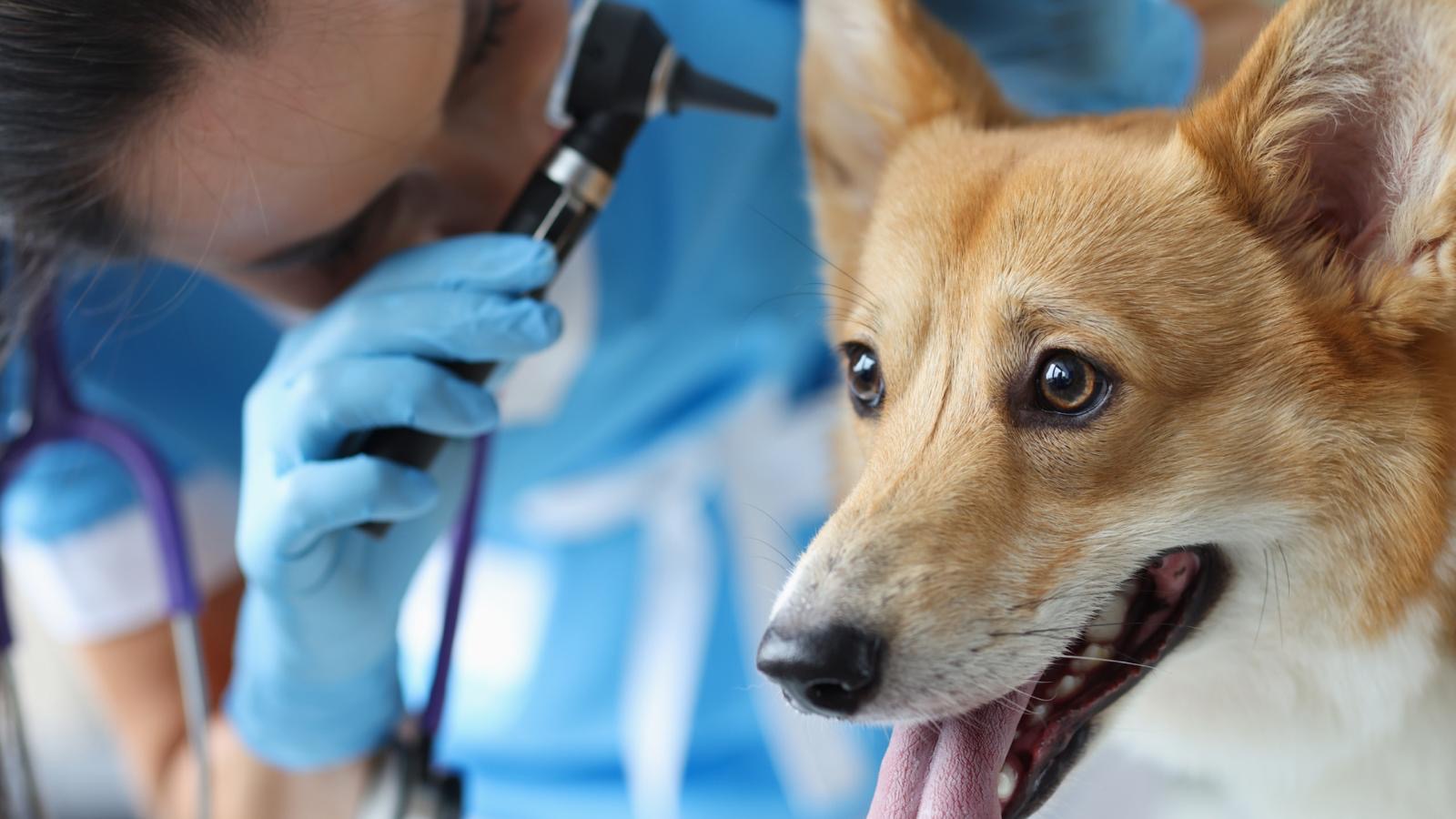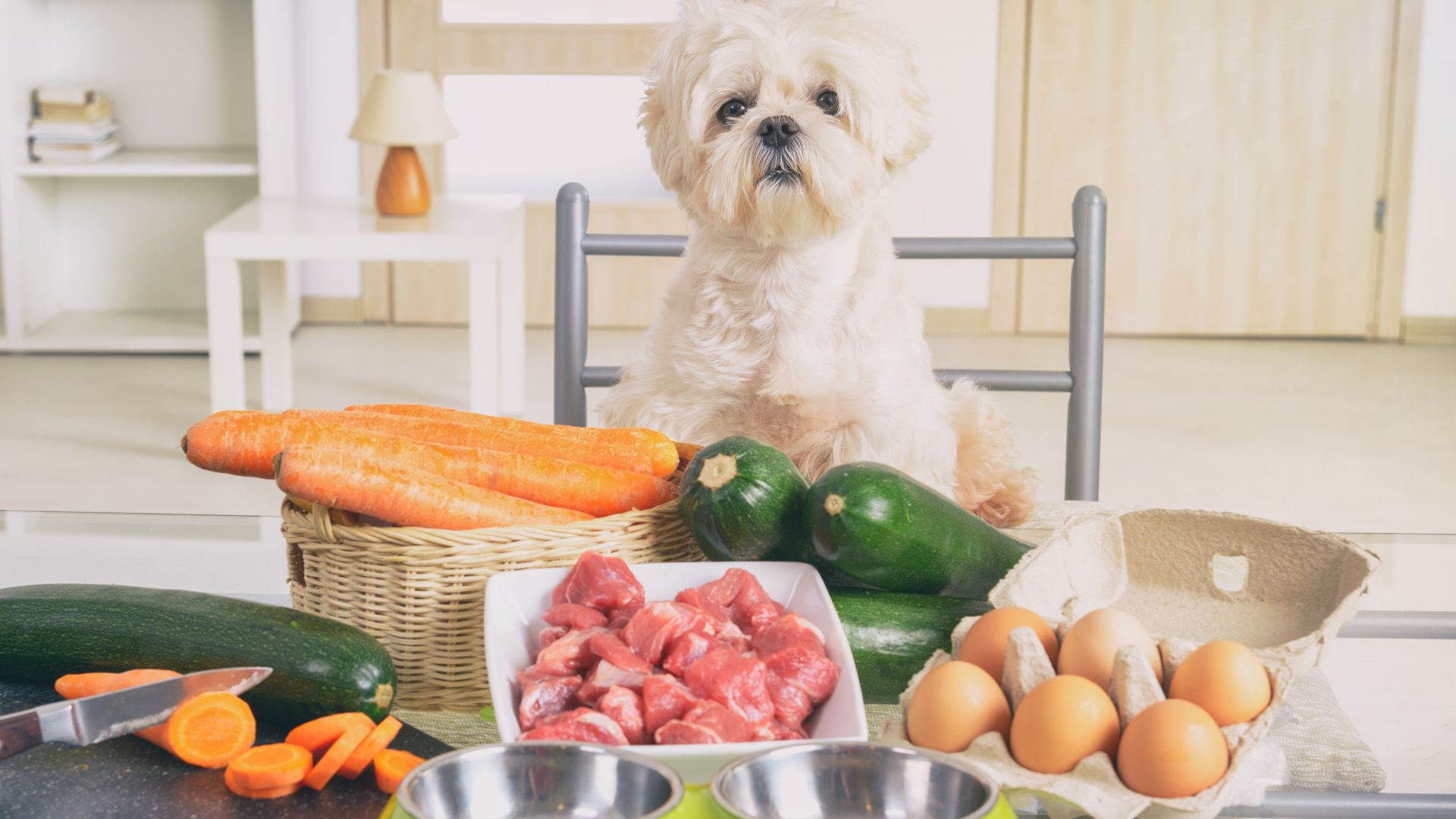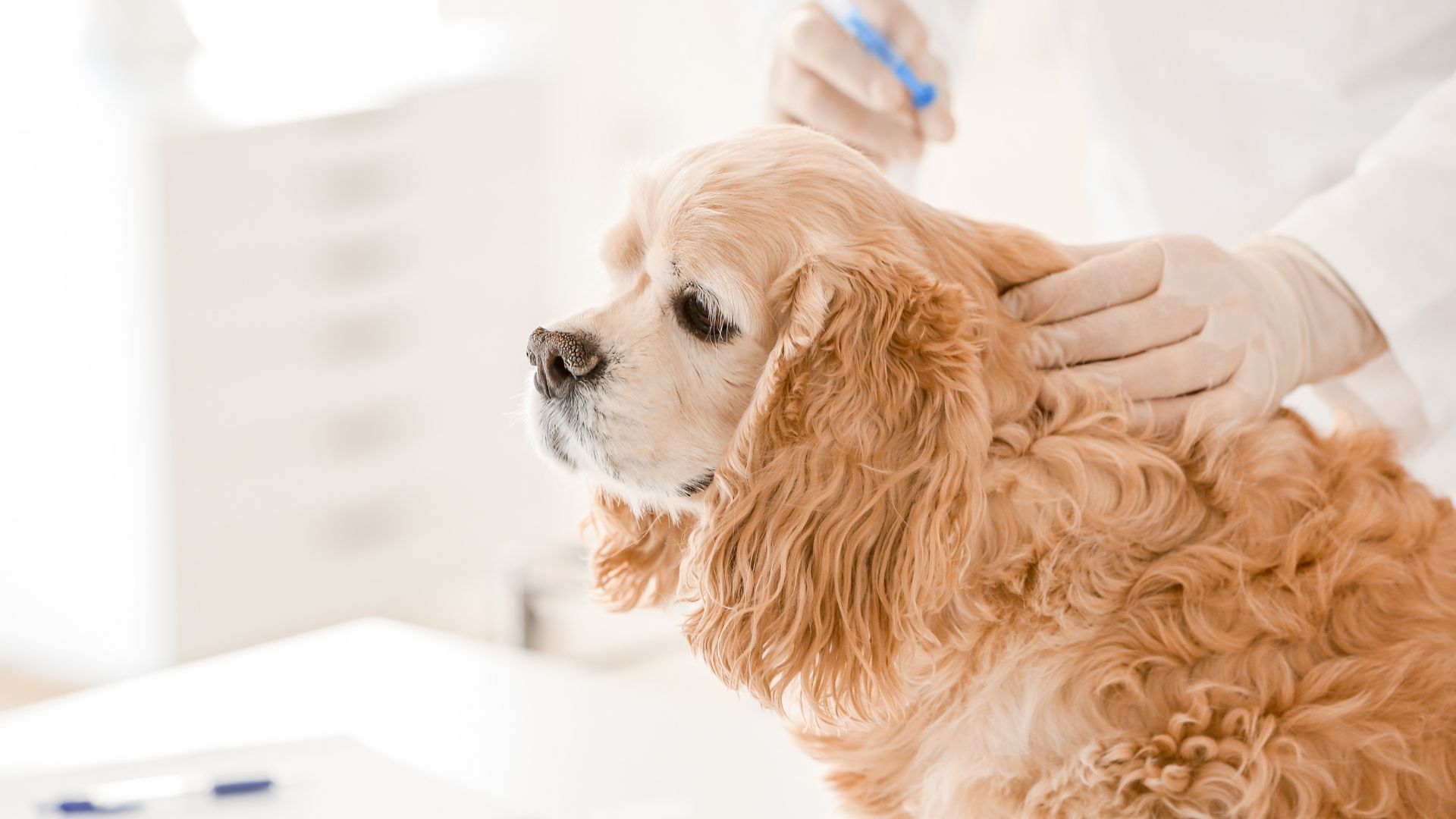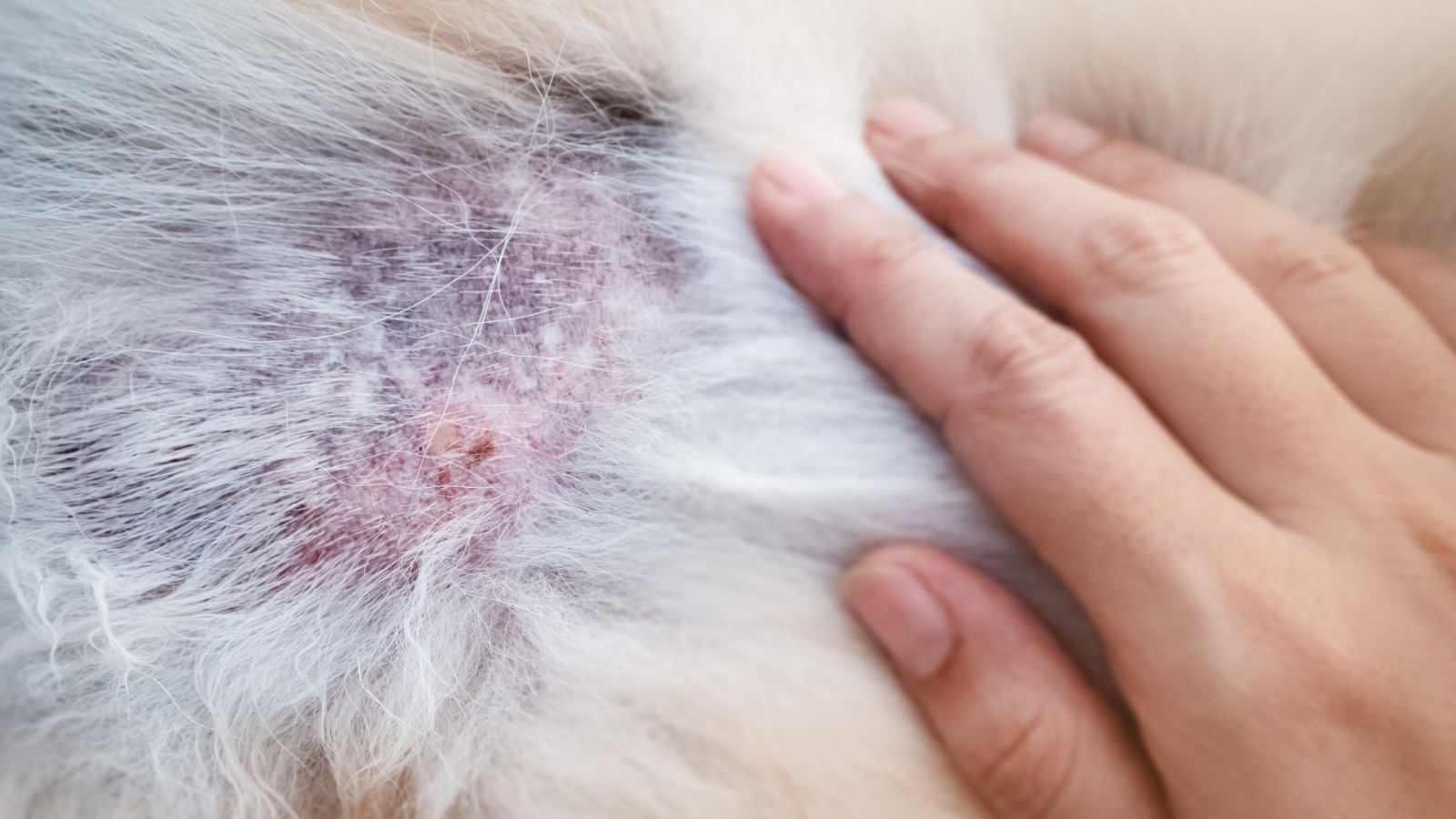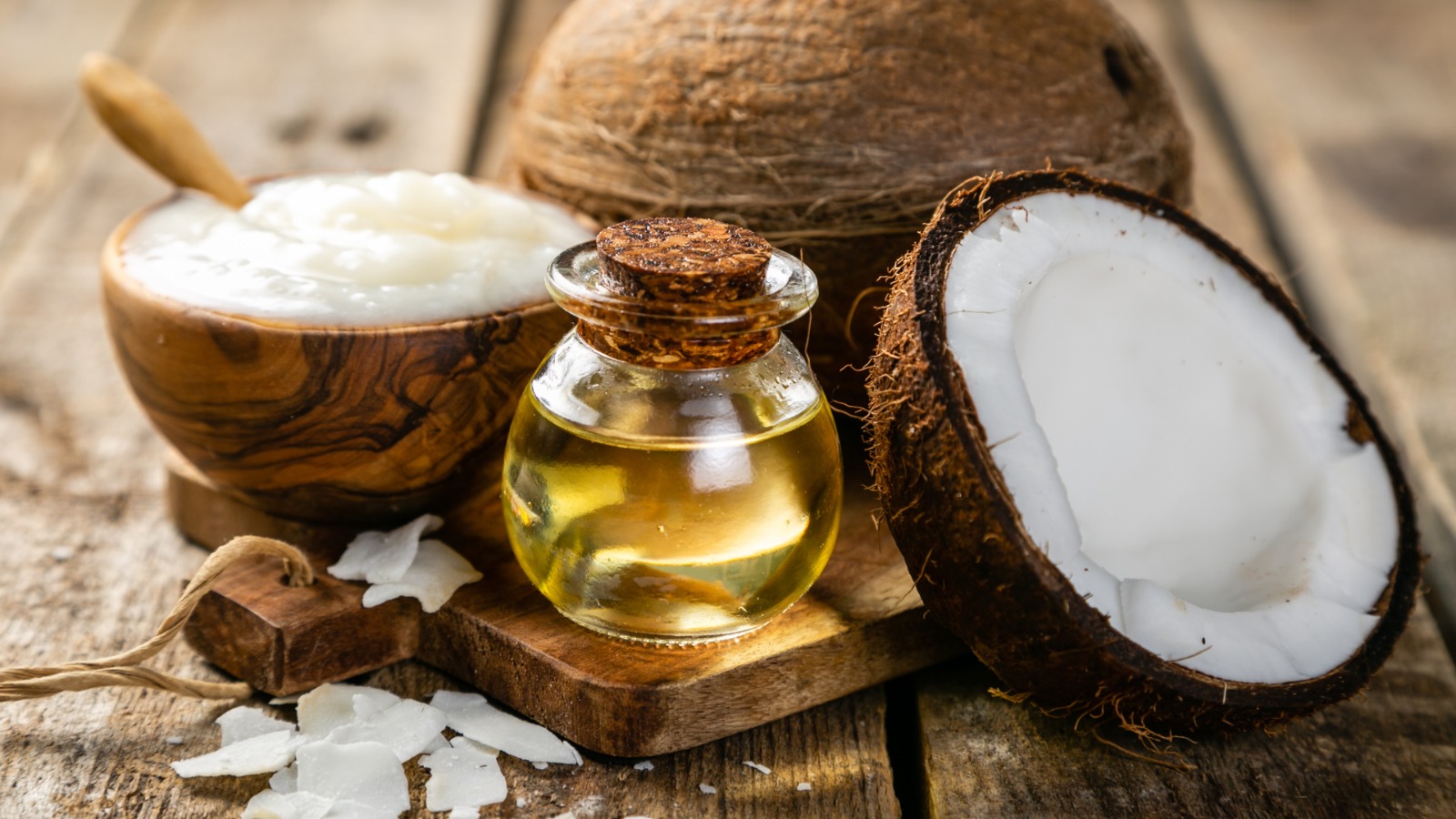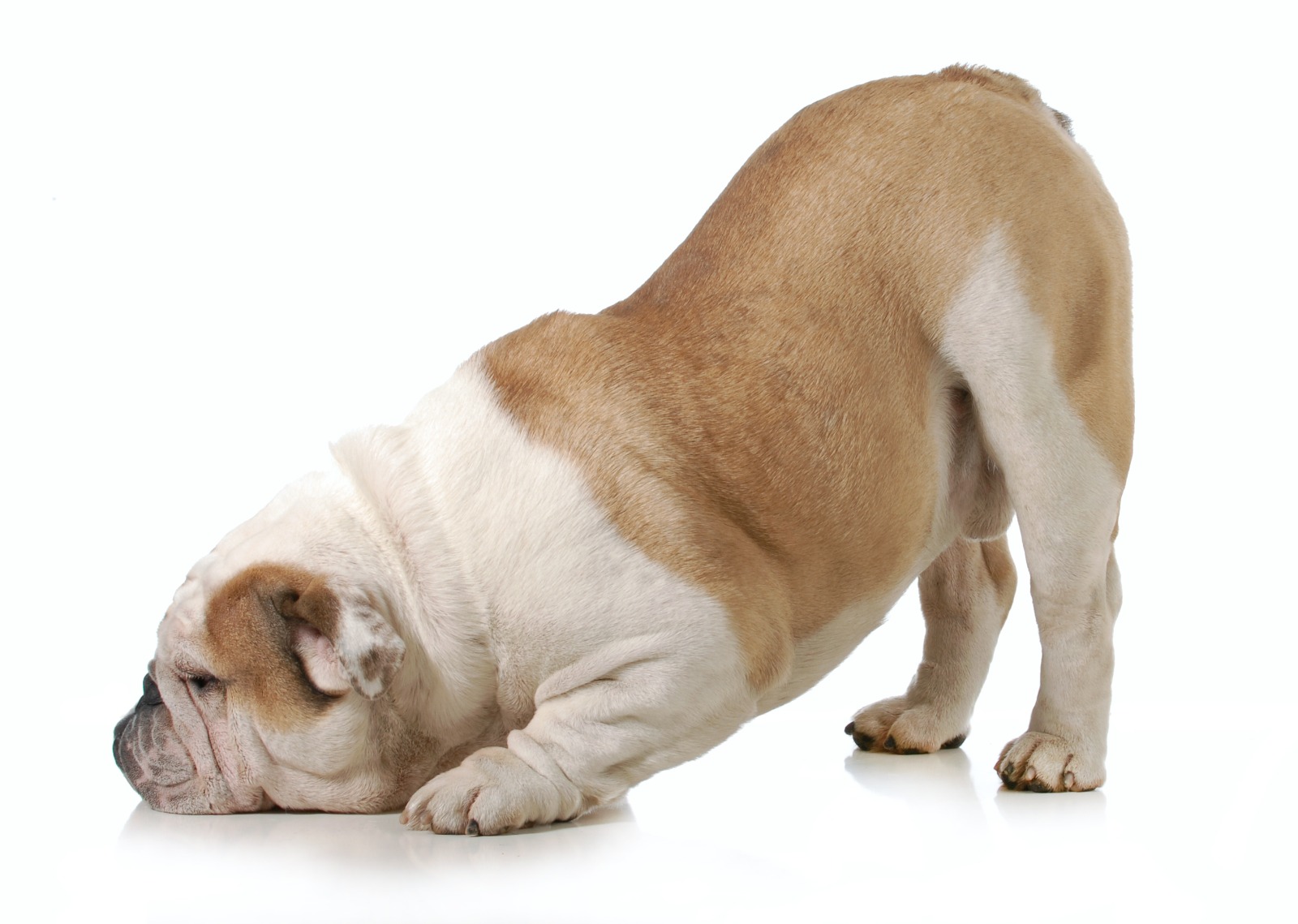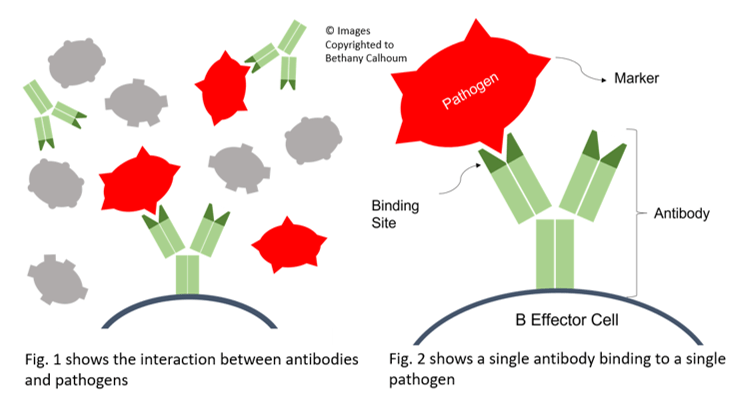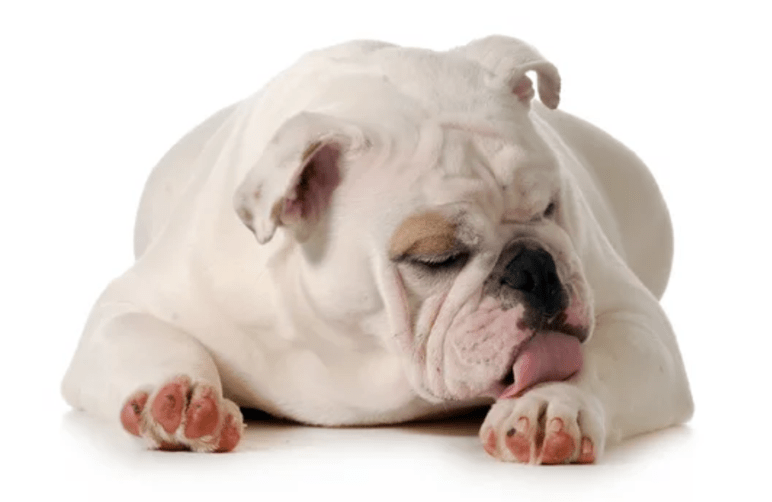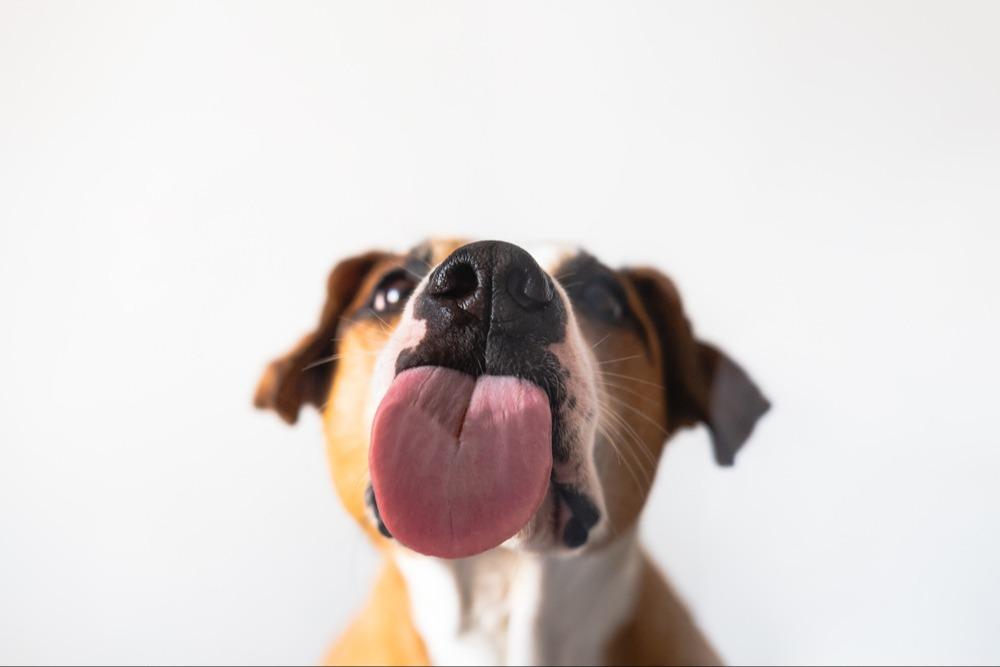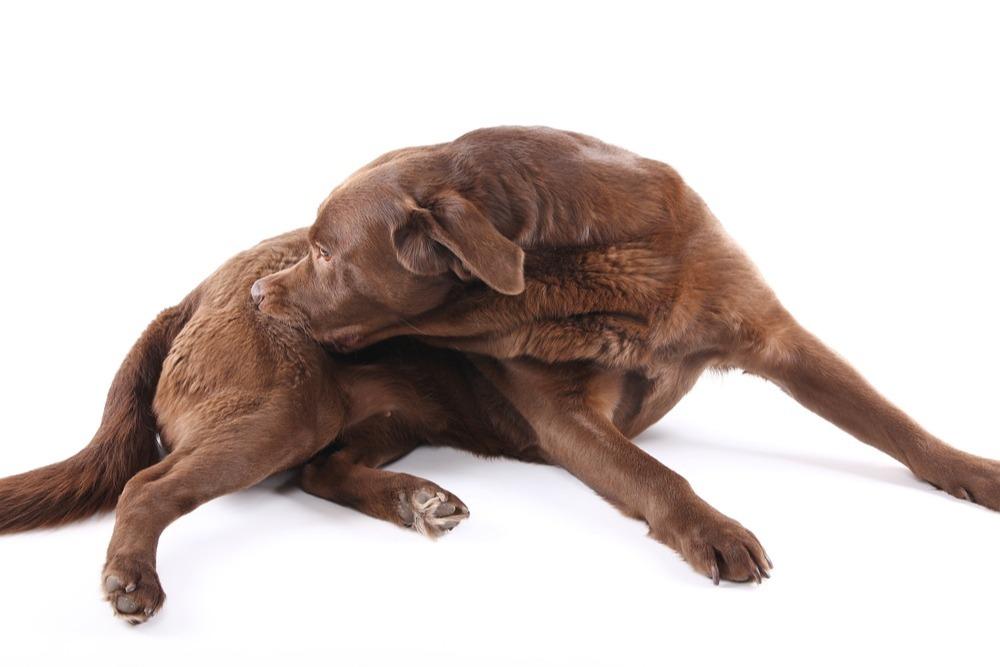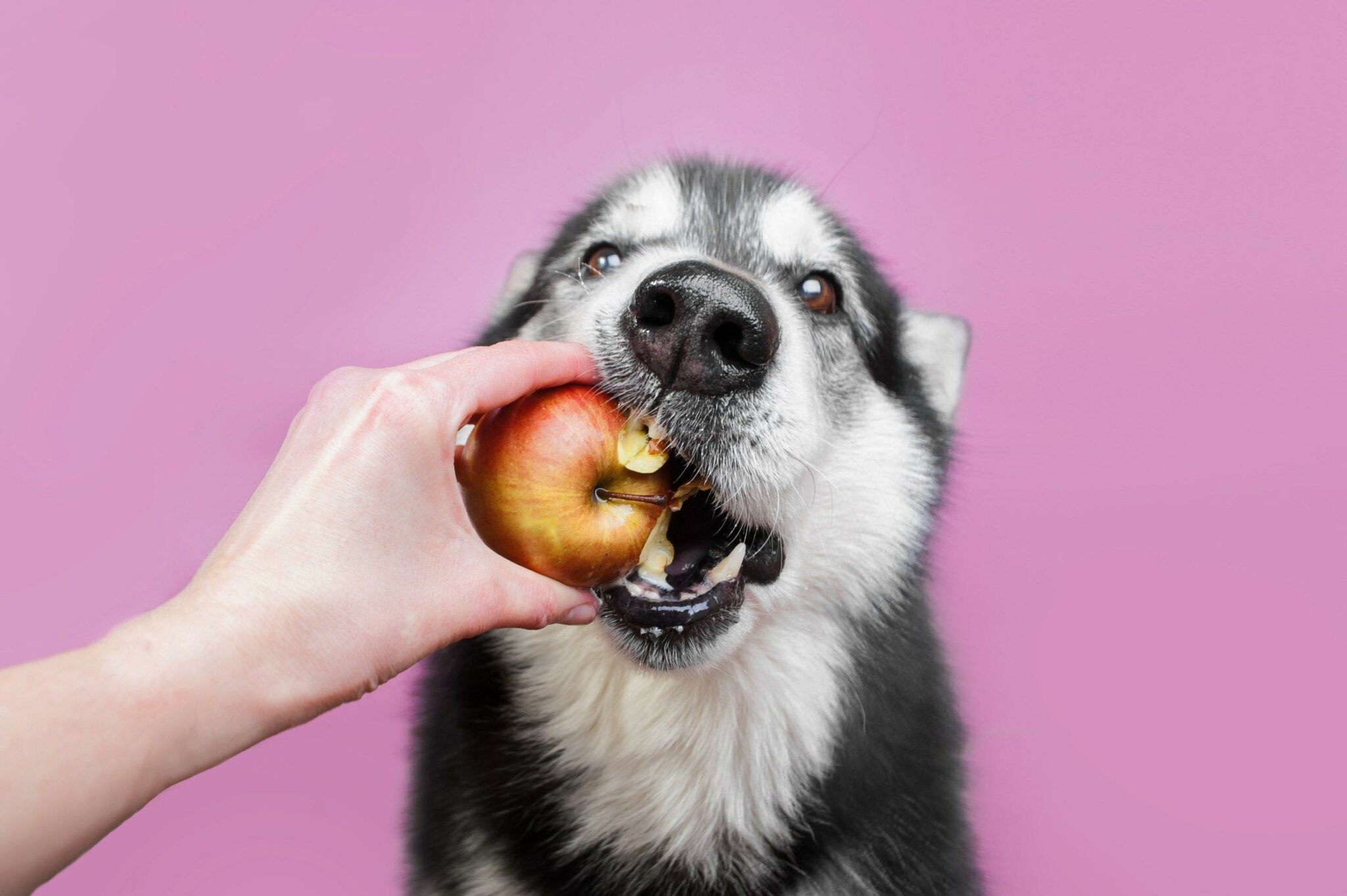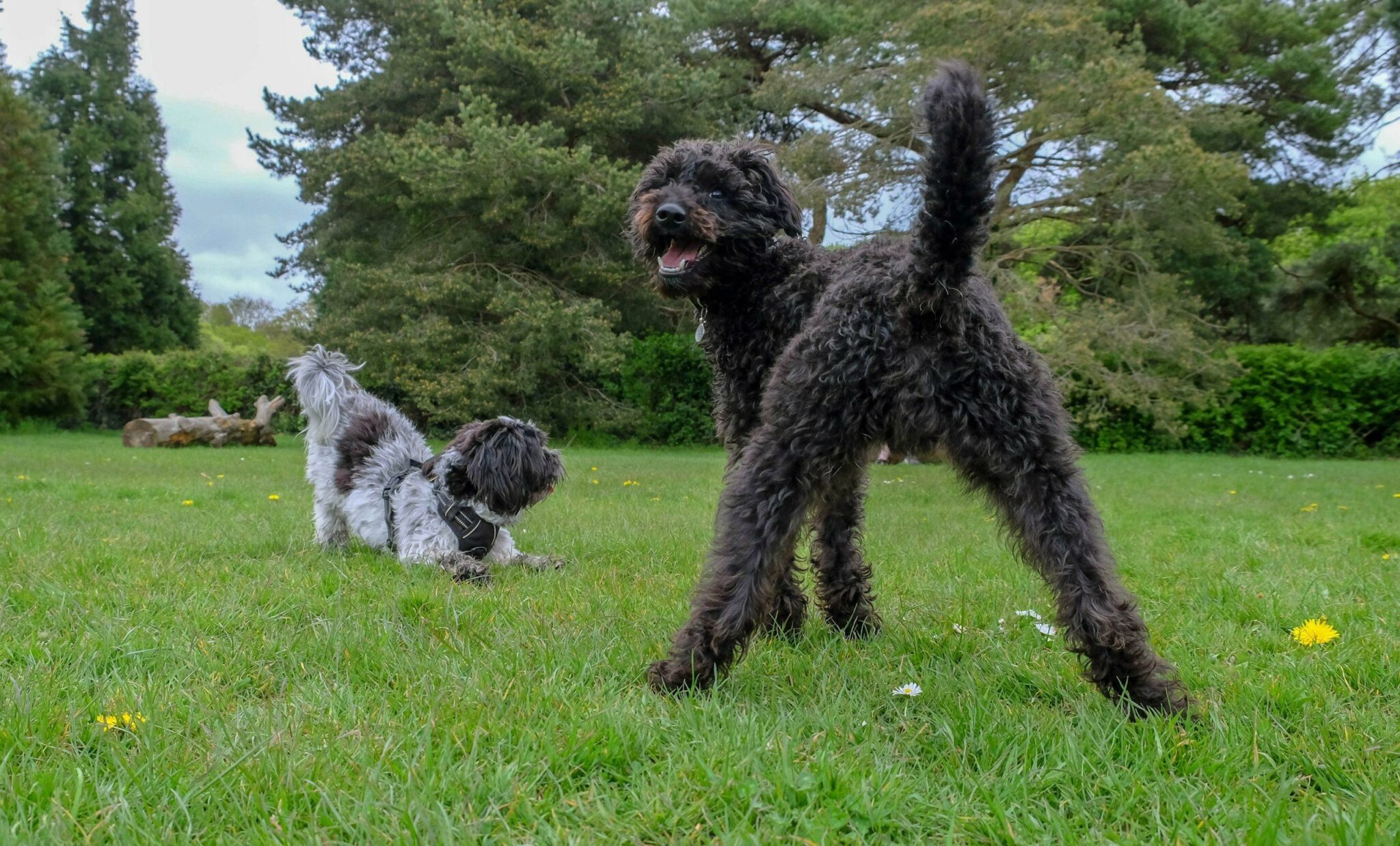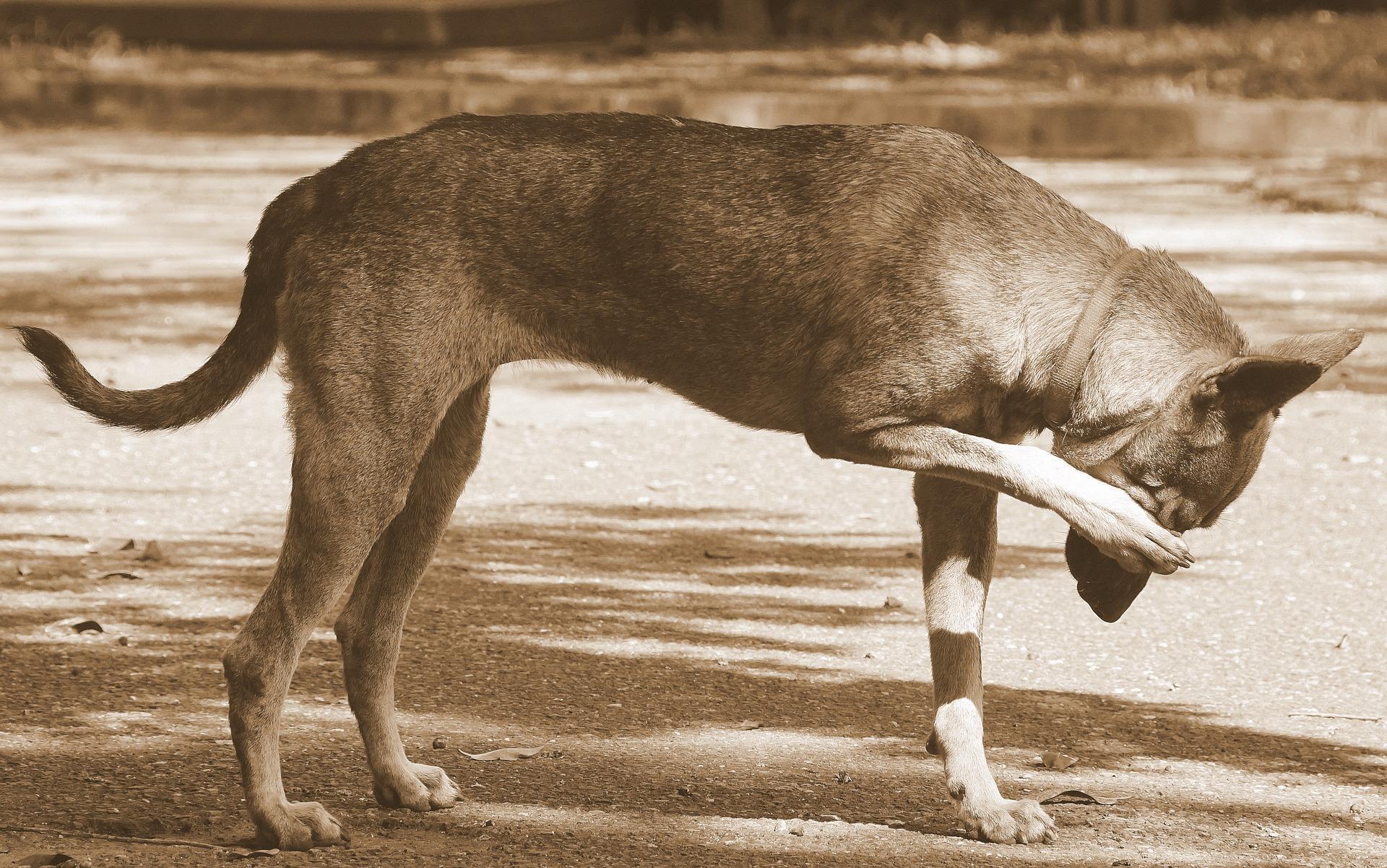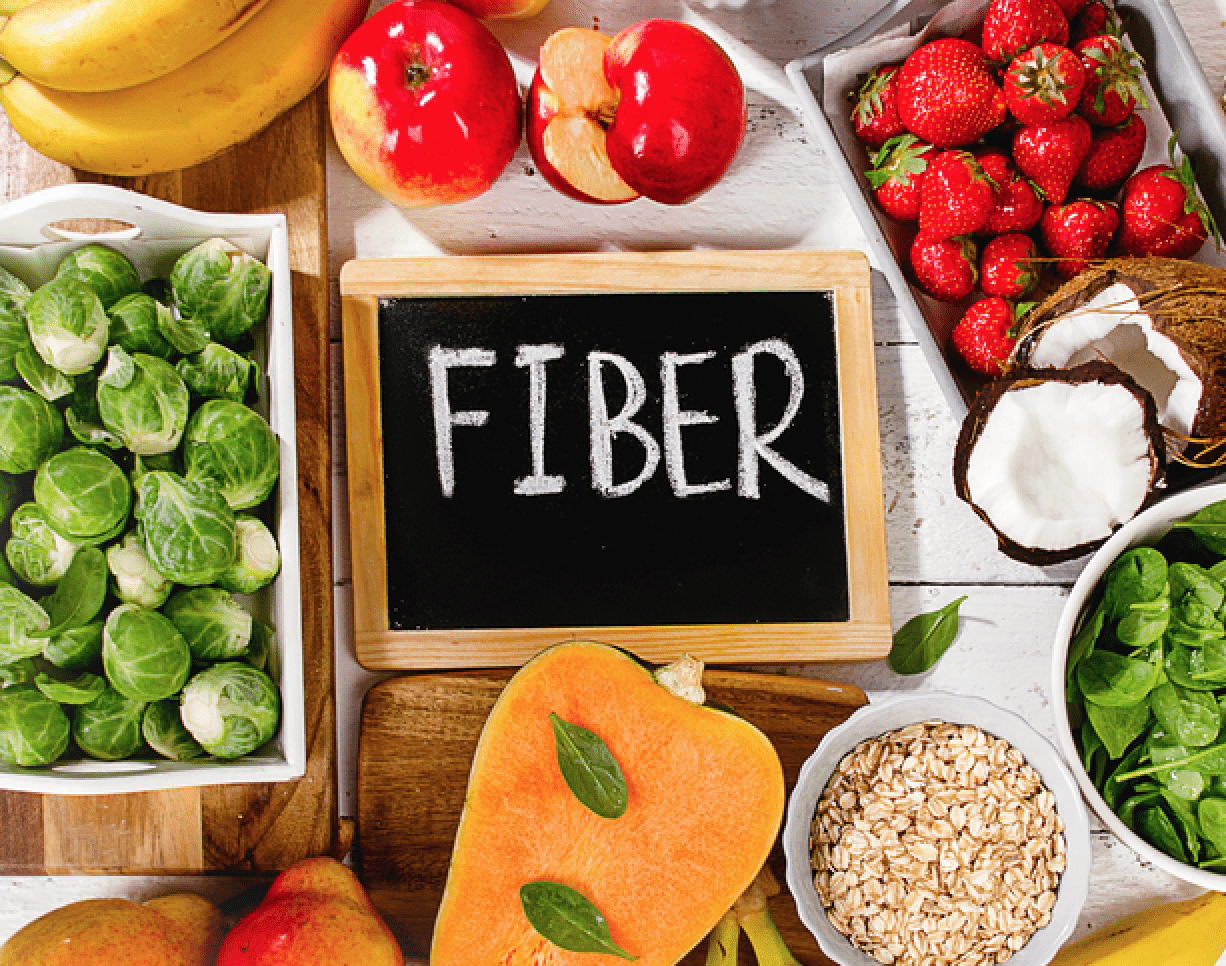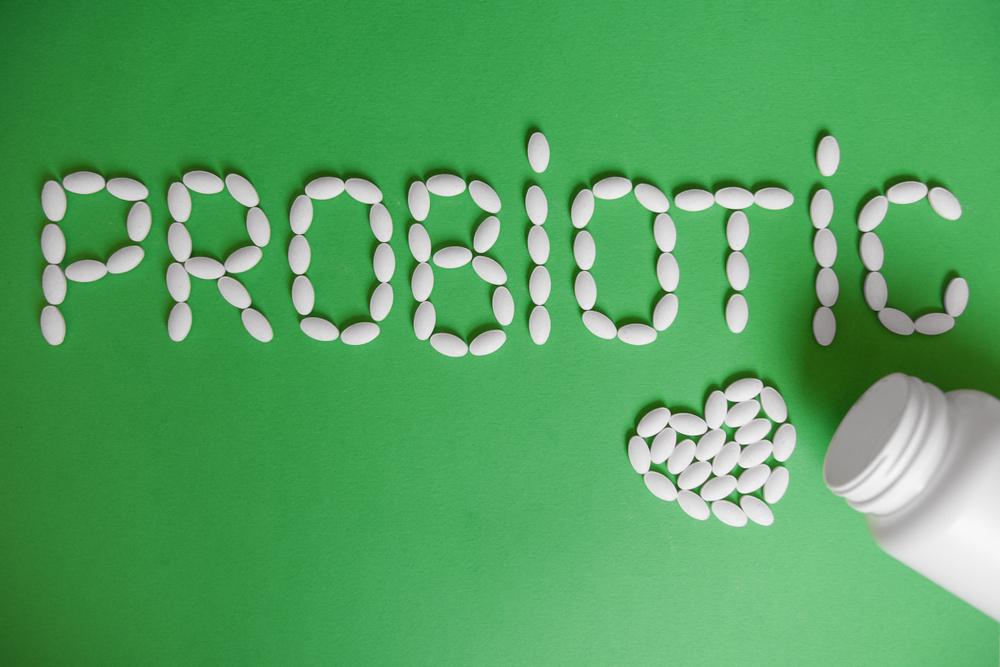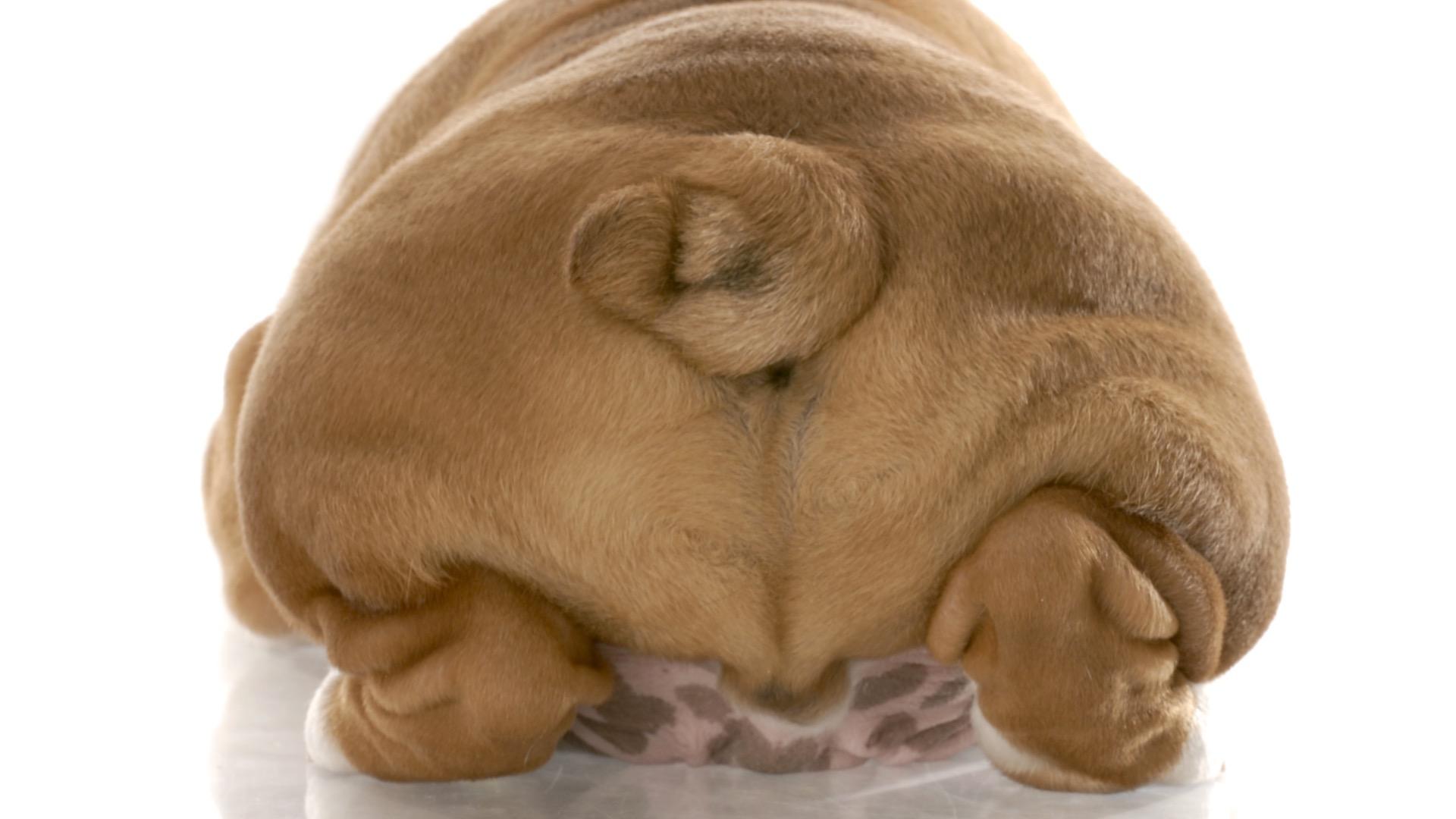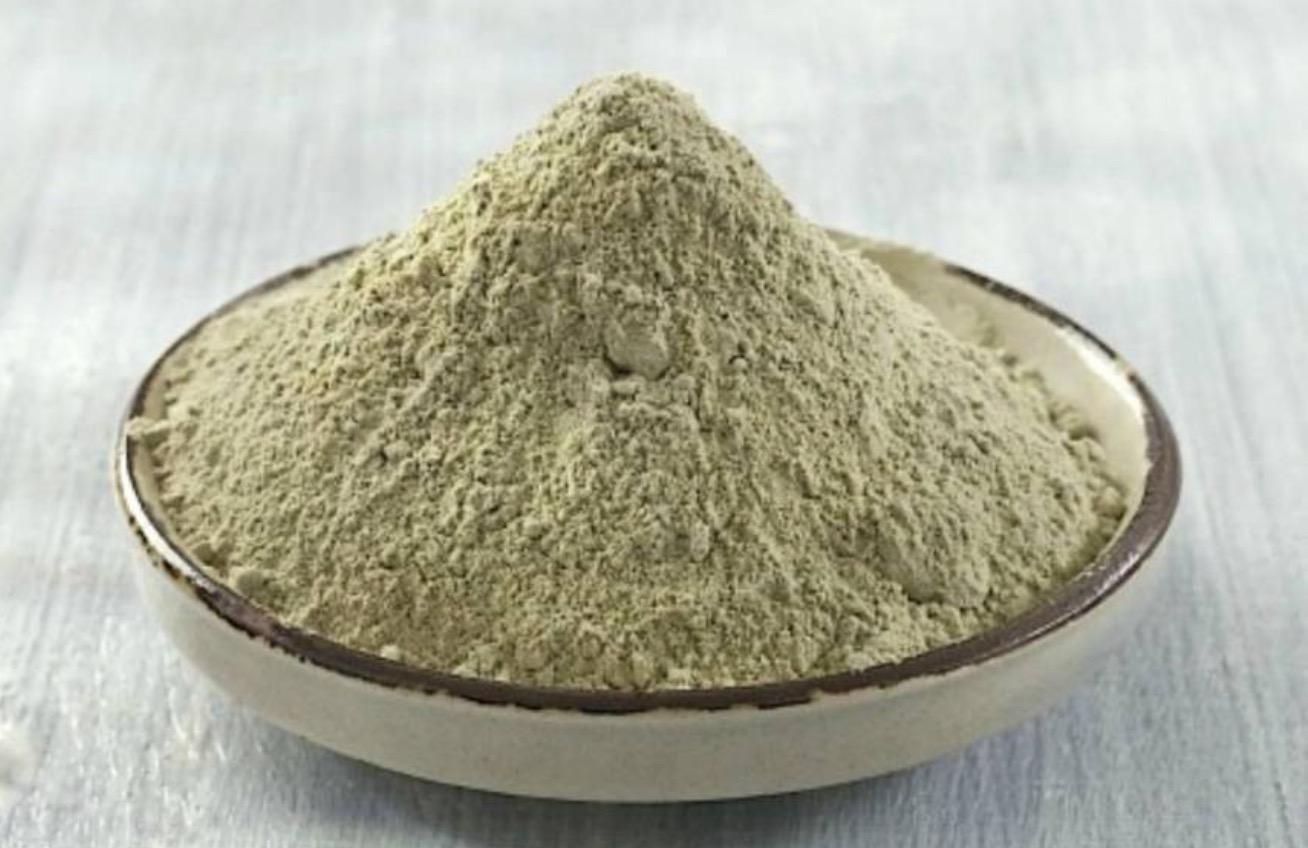
We’d say 99% of pets that we support here at My Pet Nutritionist require a gut healing protocol. No matter the issue they present with, when we track through their history, we can see the benefit of supporting their gut health moving forwards.
So how do we support a pet’s gut health? We follow the 4 R’s.
Not sure what they are? Well, we’ve popped together a brief guide!
An elimination diet, also known as exclusion diet, is a diagnostic procedure used to identify foods that an individual/animal cannot consume without adverse effects. Adverse effects may be due to food allergy (IGE), food intolerance (IGG), other physiological mechanisms, or a combination of all of the above.
How?
Raw or lightly cooked food is the best way to do this. Cooked foods can take pressure off the digestive system – which has often taken a bit of a beating in these cases.
Start with novel proteins (proteins your dog’s immune system has not seen before) –horse, ostrich, kangaroo and hare are generally well tolerated. Horse meat is lean too, so a great option if digestive function isn’t where it needs to be, yet.
Feed this novel protein for 4-12 weeks. Ideally if you land on a novel protein that helps the itch/digestive discomfort or doesn’t make it any worse, we recommend remaining on this protein for 12 weeks -the time it takes for an intolerance to change.
Then introduce other novel proteins. Remember, no more than one per week and stick to single source. Treats need to match too!
If there are signs of intolerance, then remove that protein and go back to a protein you believe is best tolerated.
Notice that it’s called an elimination diet, and not an elimination lifestyle. The overall aim is to eventually maintain a strong diversity in the diet, as we know this supports optimal gut health.
We would be looking to reintroduce more common proteins as time went on – but this takes time. We also practice the same process of reintroducing any fruit or vegetables – one at a time, over time.
It can also be worthwhile opting for a low-histamine approach when reintroducing, check out our low histamine blog here.
Check out our article on elimination diets here.
These include:
Slippery elm is a deciduous tree found in forests of the eastern half of the USA and Canada.
Slippery Elm is related to the American Elm (ulmus americana) and is sometimes called Red Elm or Moose Elm. It is best used in the digestive tract, where it serves as a soothing, protecting and lubricating demulcent and general astringent at the same time. It creates a mucilage lining where it soothes the passage of food, inflammation and is believed to protect and heal the mucosal lining.
The inner bark of the Slippery Elm is not only packed with nutrients like vitamins A, B complex, C, K, calcium, magnesium and sodium, but it is thought to have anti-inflammatory properties.
Sadly, the tree is declining so slippery elm should be reserved for circumstances where alternatives are ineffective. In many instances slippery elm can be substituted with plantain (Plantagosp.) If a more mucilaginous remedy is needed, marshmallow root (Altheaofficinalis) is an excellent alternative. Sustainable sources should always be sought after.
DGL has been shown to promote mucus activity. This extra mucus may act as a barrier to acid in the stomach and oesophagus. This barrier can allow damaged tissue to heal and has been thought to prevent future occurrences of acid reflux.
DGL is thought to increase:
Not only that, but glycyrrhizin has been shown to inhibit experimentally induced allergenic reactions.
In gut physiology, glutamine promotes enterocyte proliferation, regulates tight junction proteins, suppresses pro-inflammatory signalling pathways, and protects cells against apoptosis and cellular stresses during normal and pathologic conditions.
N-acetyl glucosamine (NAG) is a natural compound that supports healthy digestive mucus production. NAG has also been shown to support the growth of bifidobacteria, a type of gut-protective bacteria. In human studies, glucosamine has been shown to reduce the inflammation caused by the inflammatory bowel diseases ulcerative colitis and Crohn’s disease.
It is also important to consider how existing medications are affecting gut healing for example, steroid use impairs intestinal absorption which is linked to several gastrointestinal dysfunctions. But, because of their anti-inflammatory and immunosuppressive activities, they are often prescribed in cases of allergies or intolerance.
As the microbiome is key in the development and maintenance of the immune system and more, supporting this is essential, however, the introduction of specific pre and probiotic foods or supplements is sometimes best left for a few weeks into your plan.
To learn more about supporting the gut microbiome, check out our blogs below:
Indigestibility of food proteins can also contribute to their antigenic nature, so consider any long-term medication use. For example, proton pump inhibitors affect gastric acid secretion.
Ensuring HCL, pepsin and digestive enzymes are in good supply will help get the digestive system back to doing what it does best!
If you would like support tackling your pet’s gut health, check out our services to see how we can help.
Thanks for reading.
MPN Team


